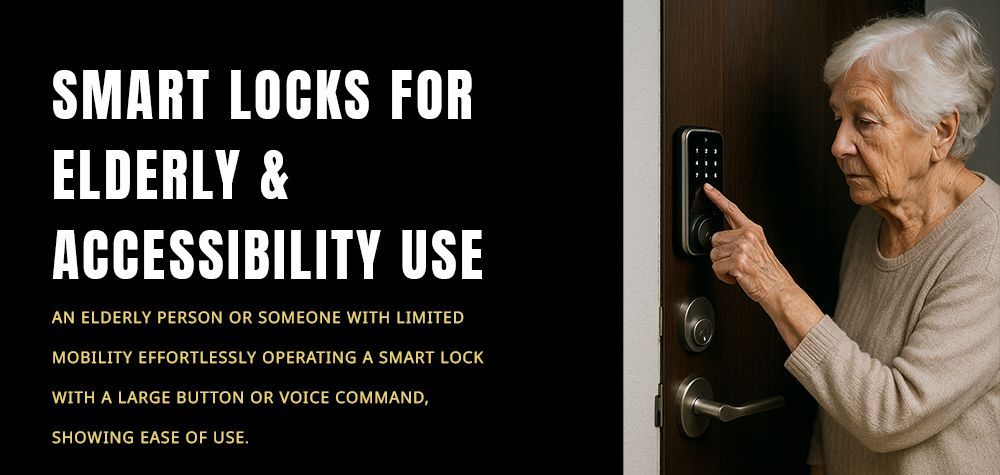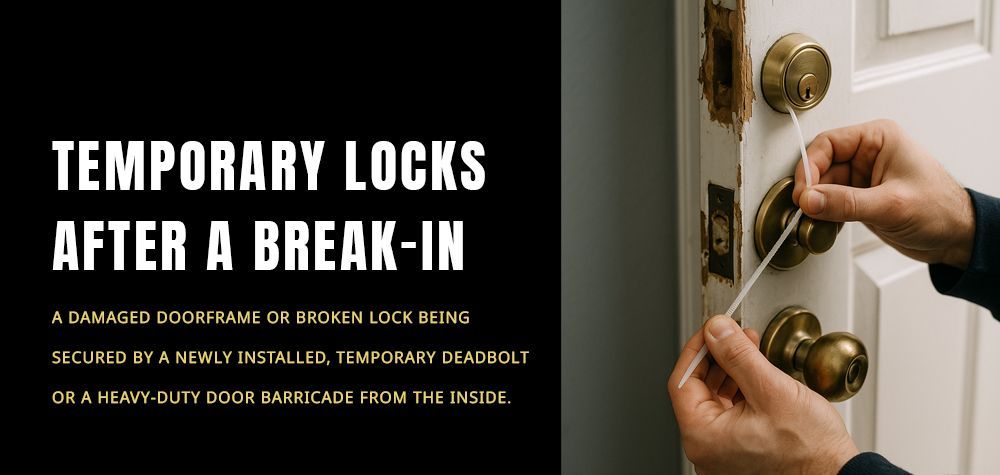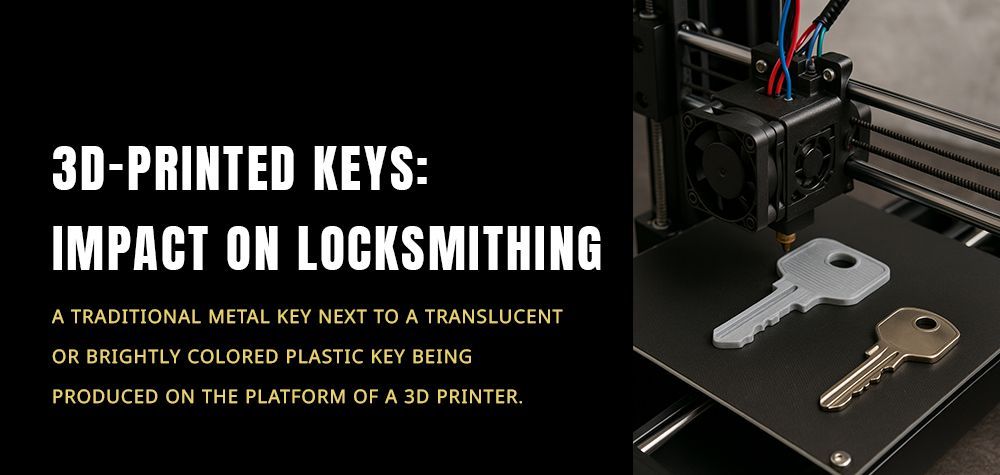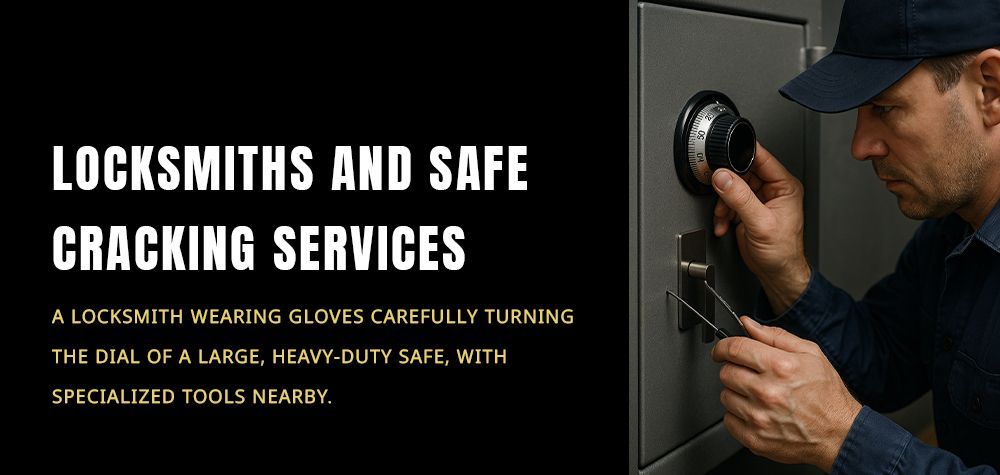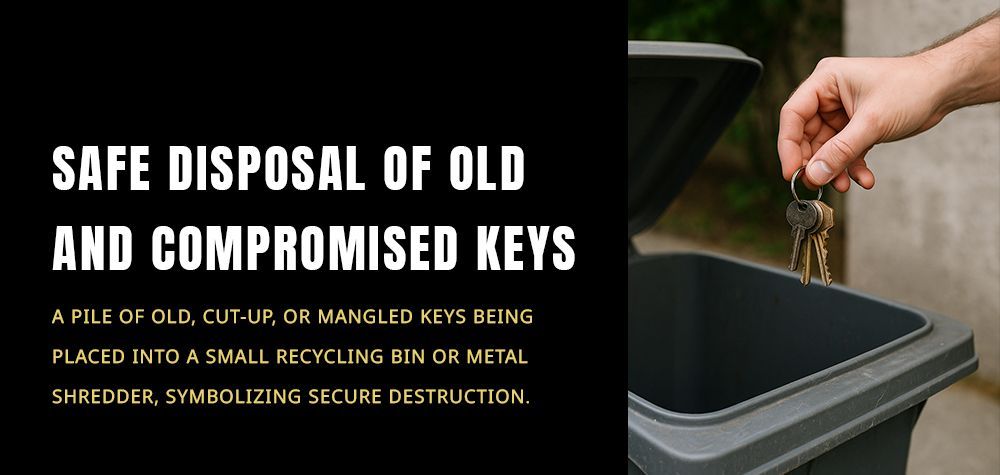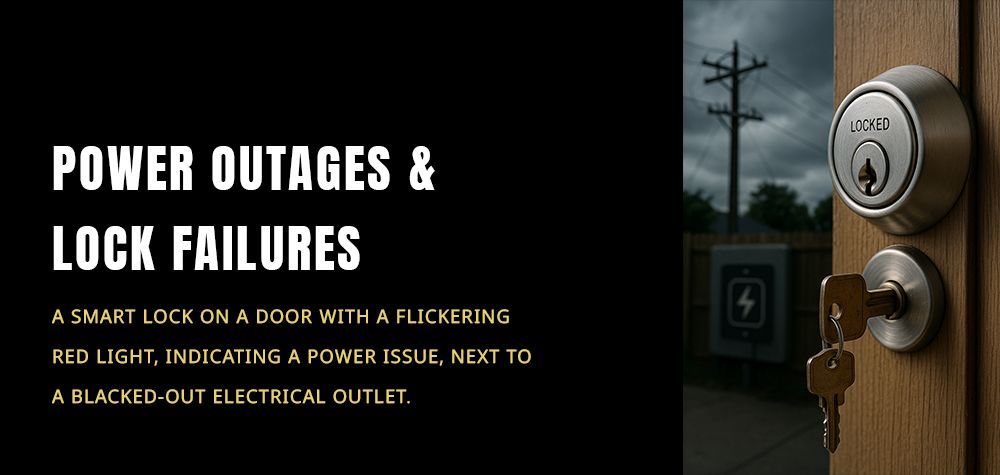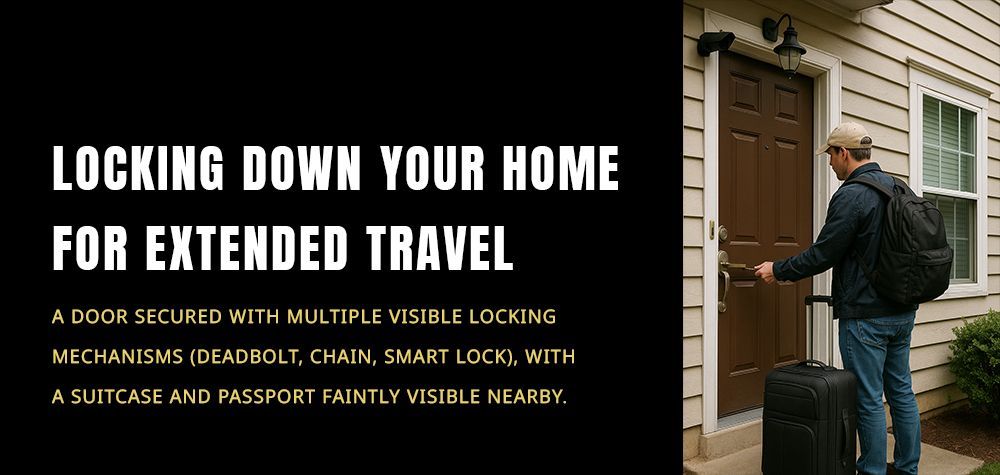Spring Home Maintenance Checklist: Don’t Forget Your Locks!
As the chill of winter fades and spring starts to bloom, most homeowners start thinking about cleaning out closets, power-washing decks, or planting flowers. But there’s one essential spring maintenance task that often
gets overlooked:
checking your locks.
Your locks work hard year-round, enduring weather shifts, temperature extremes, dirt, rust, and daily wear and tear. Spring is the perfect time to check, clean, lubricate, and upgrade them — before small issues become costly problems.
In this comprehensive guide, we’ll walk you through the ultimate spring lock maintenance checklist, why it matters, and how a few simple steps can keep your home secure all season long.
"Best Locks for Summer Vacation Security in 2025"
Why Spring Is the Ideal Time for Lock Maintenance
Winter weather can do a number on your locks. Freezing temperatures, snow, and condensation may have left behind hidden rust, worn parts, or debris inside the mechanism. Spring’s milder weather gives you the perfect opportunity to:
- Check for winter damage
- Clean and lubricate moving parts
- Ensure every lock on your property is functioning properly
- Upgrade outdated or vulnerable locks
- Prevent seasonal issues like swelling wood and sticking doors
Neglecting lock maintenance may leave you locked out, vulnerable to break-ins, or stuck replacing a broken lock at the worst possible time.
"Why Car Locks Freeze in Winter and How to Prevent It"
Spring Lock Maintenance Checklist: Step-by-Step
Let’s break it down. Follow this checklist to make sure every lock in your home is spring-ready and secure:
1. Inspect Every Exterior Door Lock
Go around your property and test every exterior lock — front door, back door, garage access, basement, and side entrances.
Ask yourself:
- Does the key turn smoothly?
- Is the lock loose or wobbly?
- Does the door latch properly into the strike plate?
- Are there any signs of rust or discoloration?
If anything feels off — sticking, grinding, or looseness — it’s time to clean, lubricate, or consider a replacement.
2. Lubricate Locks Properly
Dust, grime, and winter moisture can build up inside locks, causing friction and jamming. Use a graphite powder, PTFE, or silicone-based lubricant (never WD-40!) to restore smooth movement.
How to lubricate:
- Spray or puff the lubricant directly into the keyhole.
- Insert and turn your key several times to distribute the lubricant.
- Wipe off any residue from the key.
This small step can prevent a big problem later — like a snapped key or jammed lock in the middle of a rainstorm.
3. Clean Around the Locks
Wipe down the area around each lock, including the handle and faceplate. Dust and pollen are everywhere in spring — and that can quickly creep into the mechanism.
If your lock has a keypad or smart features, clean the buttons or touchscreen with a soft cloth and non-abrasive cleaner.
Don’t forget gate locks, outdoor padlocks, and mailbox locks — these are often the first to suffer damage from weather exposure.
4. Check Door Alignment and Weather Stripping
As temperatures rise, wooden doors can swell slightly — and that misalignment can strain the lock or keep the bolt from sliding smoothly.
Open and close each door:
- Does it stick?
- Does the latch line up properly with the strike plate?
- Is the bolt getting caught or rubbing against the frame?
Fix any misalignments now by adjusting the hinges or strike plate, so your lock isn’t forced to work overtime.
Also, check the weather stripping — damaged seals let in moisture, which can speed up internal rust and corrosion in your locks.
5. Test All Interior Locks
Spring cleaning isn’t just about what's outside. Take a moment to test interior locks: bedrooms, bathrooms, home offices, and safes.
- Are the knobs or levers secure?
- Do they lock and unlock easily?
- Is the privacy function still working properly?
This is especially important in homes with children or elderly family members, where getting stuck inside a room can quickly turn dangerous.
6. Change the Codes on Digital or Smart Locks
Spring is a great time to reset your keypad or smart lock codes, especially if you've shared them with guests, dog walkers, house sitters, or service workers over the winter.
Tips:
- Use a fresh code that’s not tied to your address, birthday, or easily guessable numbers.
- Review your access logs if your lock has them.
- Delete any temporary or expired user codes.
If your lock firmware is due for an update, do it now — manufacturers often release patches that fix bugs or enhance security.
7. Evaluate for Upgrades
Is your front door still secured by a 10-year-old basic deadbolt? Spring is a smart time to upgrade to a high-security or smart lock before your vacation plans kick in.
Great upgrade ideas:
- Smart deadbolts with remote access (great for package deliveries or Airbnb)
- High-security locks with bump-proof cylinders
- Keyless entry locks with temporary access codes
- Wi-Fi-enabled locks that integrate with home security systems
Installing new locks during spring means you’ll have everything tested, adjusted, and ready before the busy summer travel season begins.
"How Weather Affects Your Locks and What to Do About It"
Pro Tip: Don’t Forget Garages, Gates, and Sheds
Many homeowners forget that garages, side gates, and backyard sheds are also entry points for burglars. Take 15 extra minutes to:
- Inspect locks on garage doors and sliders
- Lubricate outdoor padlocks
- Replace rusted hardware
- Add security bars if needed
An unlocked garden shed might seem harmless — until you realize it contains your spare tools, ladder, or access to a window.
When to Call a Locksmith
If you notice:
- A lock that won’t turn at all
- A key broken off inside the lock
- Visible rust inside the cylinder
- Frequent jamming even after lubrication
- Worn-out or insecure locks on entry doors
A licensed locksmith can inspect, repair, rekey, or upgrade locks quickly — and even make seasonal recommendations based on your home and climate.
Conclusion:
While you’re freshening up your home for spring, don’t forget the small but powerful heroes that keep it safe: your locks.
They’re your first defense against intruders, your key to personal privacy, and a vital part of your home’s overall health. A few minutes of maintenance now can prevent costly repairs, frustrating lockouts, or security risks later on.
So this spring, make it official: add lock care to your seasonal checklist.
Your home — and your peace of mind — will thank you.
Call Us Any Time!


